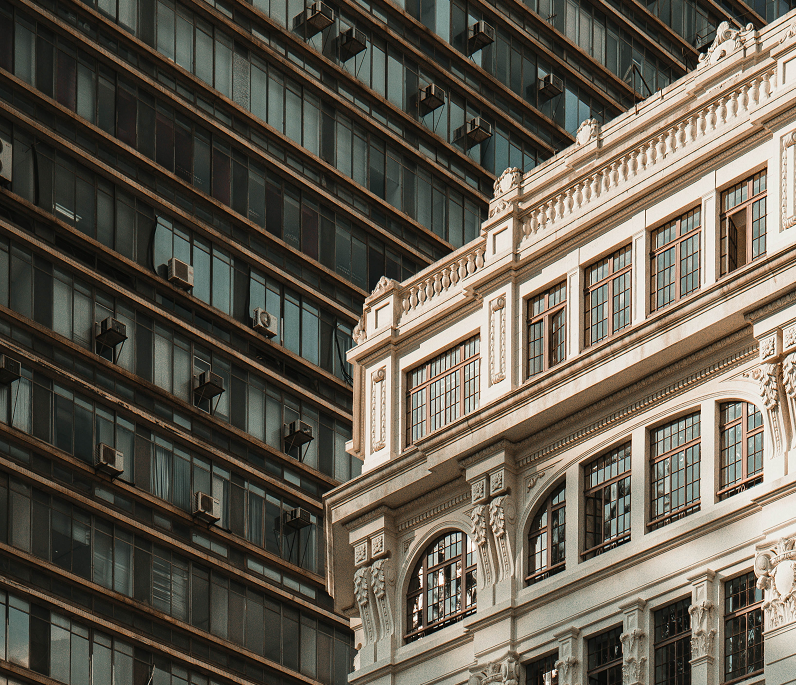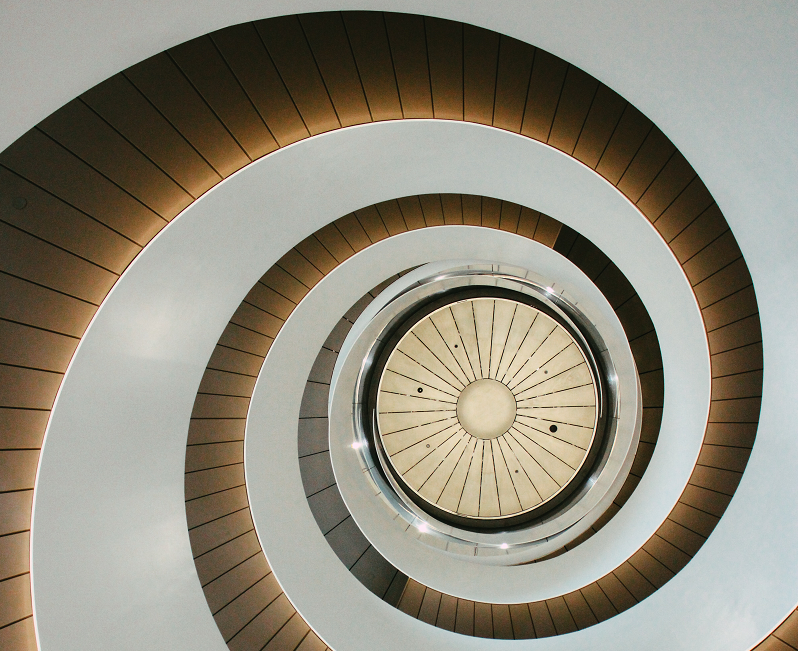
Very different objects can be called an ‘architecture’ – from unsightly buildings, devoid of any aesthetic functions, to magnificent structures, very complex in their structure, richly decorated, which are the property of world culture.

Photo by Luke White on Unsplash
If we come across painting, sculpture and music in everyday life from time to time, then our life is inextricably linked with architecture: it creates conditions for us to live, satisfies the various urgent needs of society.
Not every building can be attributed to a work of art (especially with the current frivolous attitude of developers). And whether it is possible to call a building of a utilitarian nature architecture, the same word that we call, for example, St. Sophia Cathedral in Constantinople, is a difficult question. The question of how to separate simple buildings from architecture as an art form is also difficult - here everyone must decide for himself with the answer. Nevertheless, every building, whether we like it or not, reflects the culture of the era - architecture captures the tastes and needs of society. But not every building combines the fulfillment of the primary purpose with the fulfillment of an aesthetic function. And when this function is performed, we are more likely to perceive such a structure as a work of art.

Photo by Henrique Hanemann on Unsplash
In order to better understand why architecture is an art, how it differs from other types and how it is similar to them, let's try to compare them. First, architecture is distinguished by scale, dependence on material. So an artist needs only paints and a canvas to paint a picture, while an architect needs a large amount of money to purchase material, pay builders, and a specially designated place for building a building. An architect directly depends on a number of things: on his customer - most often you have to follow his whims, perform a strictly assigned task; from the place where the building is erected.
For example, Eusebi Güell, the patron of the famous Spanish architect Antonio Gaudi, sponsored many of the architect's ideas, and tried to give him complete freedom in creating future masterpieces.
In educational institutions, future representatives of this profession learn to draw, sculpt, and also deeply immerse themselves in the subject of mathematics and physics, although all the same, during the construction of a building, an architect will certainly work together with an engineer who makes the necessary calculations. Here we can recall the aphorism of Leibniz, who characterized architecture as "a spiritual activity that unconsciously operates with numbers."
Architecture is pictorial - it outlines geometric shapes, creates spatial rhythms. Unlike painting and sculpture, architecture uses abstract forms, only occasionally reminding us of concrete objects, which is similar to music. There is Schelling's well-known aphorism, which perfectly reflects this connection: "Architecture is frozen music."
The primary task of architecture is to overcome the force of gravity so that the structure does not collapse, while not everything in architecture obeys this goal. And the further it develops, the more imperceptibly the “backbones” of the building are located, the more magnificent the illusion of a certain interaction with the earth’s surface is created - this can be the exaggerated heaviness of the building or, conversely, its emphasized lightness and weightlessness.

Photo by Robert Stump on Unsplash
Another purpose of architecture is the organization of space. Everything in architecture works towards this goal, creates rhythm, dynamics, starting from the building plan to such details as the location of railings or windows (let's look at the windows in the drum of Sophia of Constantinople, which, with their rapid arrangement, create the effect of movement, rotation of the dome).
And the last point worth stopping at when analyzing architecture as an art form is symbolic images as a means of expression. It would seem that what kind of symbols can be in architecture, but after all, it rarely does without plastic elements, including sculpture, reliefs, without frescoes, plafonds, which means that it can use the means of expressiveness of these types of arts in its own context.
In addition, non-objective plasticity, the very principles of space organization can be symbolic, as, for example, the movement from West to East in Christian churches. For another example, consider the most famous temple complex in the Acropolis. The caryatids of the Erechtheion are turned towards the Parthenon, they become not just decorative pillars, but a procession of female figures carrying gifts to the gods in the temple.
Summing up, let us once again recall that architecture is an art when it performs not only a utilitarian function, but also an aesthetic one. She often operates with similar methods as painting, sculpture, music, but her cardinal difference is the scale of her works, as well as work with space, the desire to systematize or transform it.
